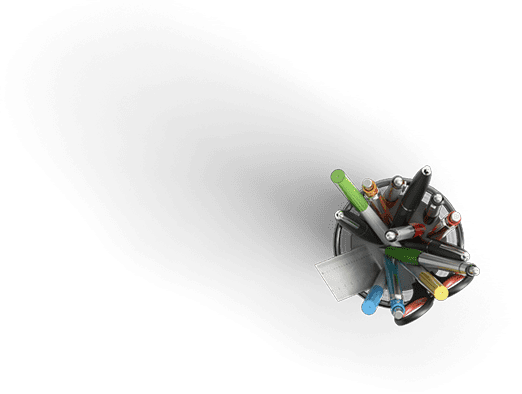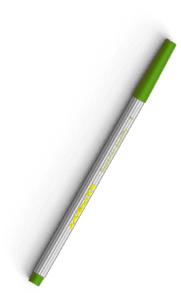Capella University Adverse Event Near Miss Analysis Project
Description
Assessment 1 Instructions: Adverse Event or Near-Miss Analysis
- Write a comprehensive analysis (5-7 pages) of an adverse event or near miss from your healthcare experience. Integrate research and data on the event to propose a quality improvement (QI) initiative to your current organization.INTRODUCTION
Health care organizations strive to create a culture of safety. Despite technological advances, quality care initiatives, oversight, ongoing education and training, legislation, and regulations, medical errors continue to be made. Some are small and easily remedied with the patient unaware of the infraction. Others can be catastrophic and irreversible, altering the lives of patients and their caregivers and unleashing massive reforms and costly litigation. Many errors are attributable to ineffective interprofessional communication.This assessments goal is to address a specific event in a health care setting that impacts patient safety and related organizational vulnerabilities with a quality improvement initiative to prevent future incidents.INSTRUCTIONS
For this assessment, you will prepare a comprehensive analysis on an adverse event or near miss that you or a peer experienced during your professional nursing career. You will integrate research and data on the event and use this information as the basis for a quality improvement (QI) initiative proposal in your current organization.The following points correspond to the grading criteria in the scoring guide. The subbullets under each grading criterion further delineate tasks to fulfill the assessment requirements. Be sure that your adverse event or near-miss analysis addresses all of the content below. You may also want to read the scoring guide to better understand the performance levels relating to each grading criterion.
- Analyze the missed steps or protocol deviations related to an adverse event or near miss.
- Describe how the event resulted from a patients medical management rather than from the underlying condition.
- Identify and evaluate the missed steps or protocol deviations leading to the event.
- Explain the extent to which the incident was preventable.
- Research the impact of the same type of adverse event or near miss in other facilities.
- Analyze the implications of the adverse event or near miss for all stakeholders.
- Evaluate the short- and long-term effects on the stakeholders (patient, family, interprofessional team, facility, community). Analyze each stakeholders contribution to the event.
- Analyze the interprofessional teams responsibilities and actions. Explain what measures each interprofessional team member should have taken to create a culture of safety.
- Describe any change to process or protocol implemented after the incident.
- Evaluate quality improvement technologies related to the event that are required to reduce risk and increase patient safety.
- Analyze the quality improvement technologies put in place to increase patient safety and prevent recurrence of the near miss or adverse event.
- Determine the appropriateness of the technology application for a specific patient or situation.
- Research scholarly, evidence-based literature to learn how institutions can integrate solutions to prevent similar events.
- Incorporate relevant metrics of the adverse event or near-miss incident to support need for improvement.
- Identify the salient data associated with the adverse event or near miss that is generated from the facilitys dashboard.
- Note: Dashboard means data generated from the information technology platform that provides integrated operational, financial, clinical, and patient safety data for health care management.
- Analyze what the relevant metrics show.
- Explain research or data related to the adverse event or near miss that is available outside of your institution. Compare internal data to external data. Use resources such as the Centers for Disease Control and Prevention (CDC), Agency for Healthcare Research and Quality (AHRQ), Institute for Healthcare Improvement (IHI), and the World Health Organization (WHO).
- Identify the salient data associated with the adverse event or near miss that is generated from the facilitys dashboard.
- Outline a quality improvement initiative to prevent the recurrence of an adverse event or near miss.
- Explain, from an evidence-based viewpoint, how your facility now manages or should manage the process or protocol.
- Evaluate how other institutions addressed similar incidents or events.
- Analyze QI initiatives developed to prevent similar incidents. Explain why they are successful. Provide evidence of their success.
- Propose solutions for your selected institution that can be implemented to prevent similar future adverse events or near-miss incidents.
- Communicate analysis and proposed initiative in a professional, effective manner, writing content clearly and logically, with correct use of grammar, punctuation, and spelling.
- Integrate relevant sources to support arguments, correctly formatting citations and references using APA style.
- Analyze the missed steps or protocol deviations related to an adverse event or near miss.
- Example Assessment: You may use the Adverse Event or Near-Miss Analysis Exemplar [PDF]“>Adverse Event or Near-Miss Analysis Exemplar [PDF] for an idea of what an assessment receiving a proficient or higher evaluation would look like. &Additional Requirements
- Submission length: 5-7 typed, double-spaced pages.
- Font: Times New Roman, 12 point.
- Number of references: Cite a minimum of five current scholarly and/or authoritative sources to support your evaluation, recommendations, and plans. Current literature is defined as no older than 5 years unless it is a seminal work.
- APA formatting: Citations and references must adhere to APA style and formatting guidelines. Consult these resources for an APA refresher:
- Evidence and APA“>Evidence and APA.
- APA Module“>APA Module.
- American Psychological Association. (n.d.). APA style“>APA style. https://www.apastyle.org/“>https://www.apastyle.org/
- COMPETENCIES MEASURED
By successfully completing this assessment, you will demonstrate your proficiency in the following course competencies and scoring guide criteria:
- Competency 1: Plan quality improvement initiatives in response to adverse events and near-miss analyses.
- Analyze the missed steps or protocol deviations related to an adverse event or near miss.
- Analyze the implications of the adverse event or near miss for all stakeholders.
- Evaluate quality improvement technologies related to the event that are required to reduce risk and increase patient safety.
- Outline an evidence-based quality improvement initiative to prevent an adverse event or near miss.
- Competency 3: Evaluate quality improvement initiatives using sensitive and sound outcome measures.
- Incorporate relevant metrics of the adverse event or near-miss incident to support need for improvement.
- Competency 5: Apply effective communication strategies to promote quality improvement of interprofessional care.
- Communicate analysis and proposed initiative in a professional, effective manner, writing clearly and logically, with correct use of grammar, punctuation, and spelling.
- Integrate relevant sources to support arguments, correctly formatting citations and references using APA style.
- Competency 1: Plan quality improvement initiatives in response to adverse events and near-miss analyses.
Have a similar assignment? "Place an order for your assignment and have exceptional work written by our team of experts, guaranteeing you A results."








